
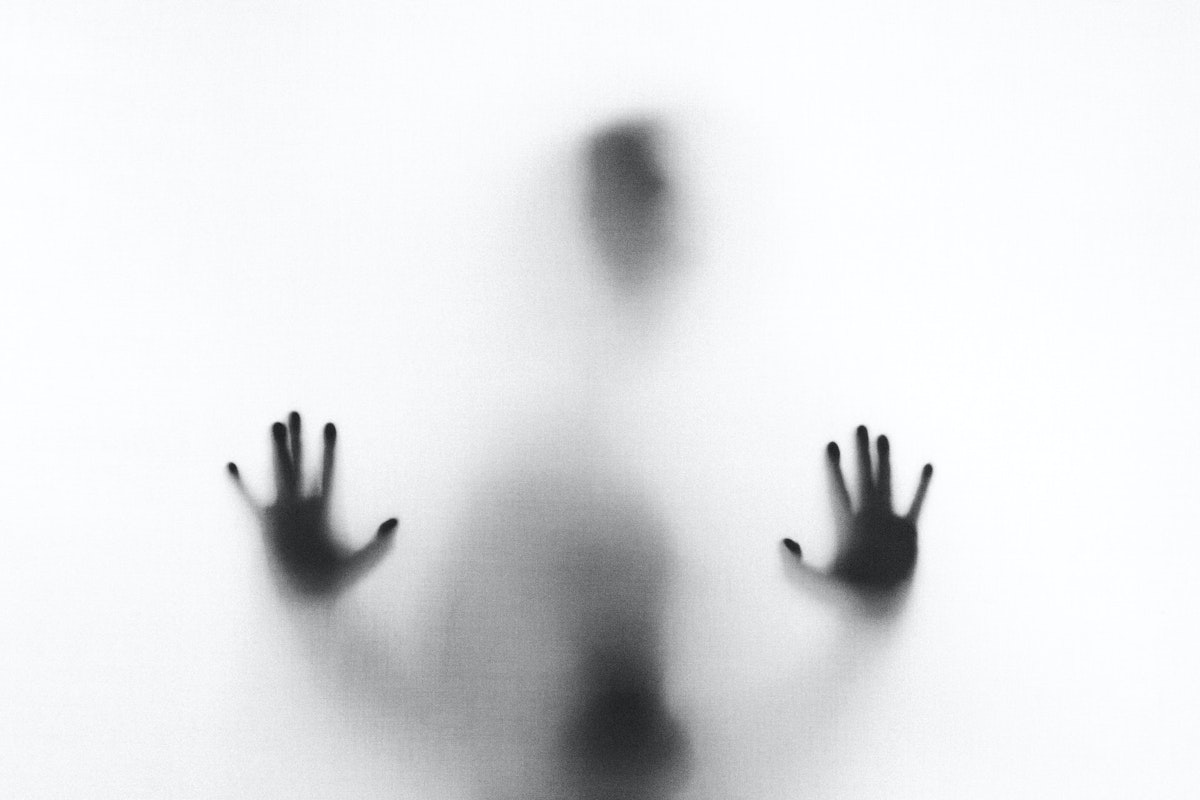
The supernatural and ghost stories have fascinated people all over the world, with each culture adding its own unique touch to these eerie tales. In Japan, a country that beautifully blends old traditions with modern life, ghost stories—known as Kaidan—hold a special place in history. These spooky legends have been passed down for generations, not just as chilling bedtime stories but as important parts of Japan’s rich cultural heritage.
In this article, we’ll dive into Japan’s most famous ghost stories, explore the myths behind its supernatural beings, and take you to some of the country’s most haunted locations. Whether you love ghost stories, enjoy learning about folklore, or are looking for mysterious places to visit, come along as we step into the world where the line between the living and the supernatural is said to be at its thinnest.
In the heart of Japanese culture lies a rich and captivating tradition of ghost stories known as 'Kaidan.' These spectral narratives, far from being mere chilling tales for dark winter nights, play a vital role in Japan's cultural and folkloric framework. Dating back to the Edo period (1603-1868), Kaidan was often told in a game-like setting, a Hyakumonogatari Kaidankai, where participants would gather, light 100 candles, and tell ghostly tales, extinguishing a candle after each story. With each snuffed-out light, the room would progressively darken, and the boundary between the real and supernatural world would purportedly blur, ushering in an eerie atmosphere of suspense and anticipation.
Within the expansive library of Kaidan, some stories have etched themselves into the collective consciousness, becoming symbols of Japan's ghostly lore. "Yuki-onna" (The Snow Woman) is one such tale, painting the chilling picture of a beautiful yet deadly spirit who preys on unsuspecting travelers during intense snowstorms. The tale of "Rokurokubi" introduces us to a deceptive creature, seemingly a normal woman by day, but at night, she reveals her true form by extending her neck to disturbing lengths to feed.
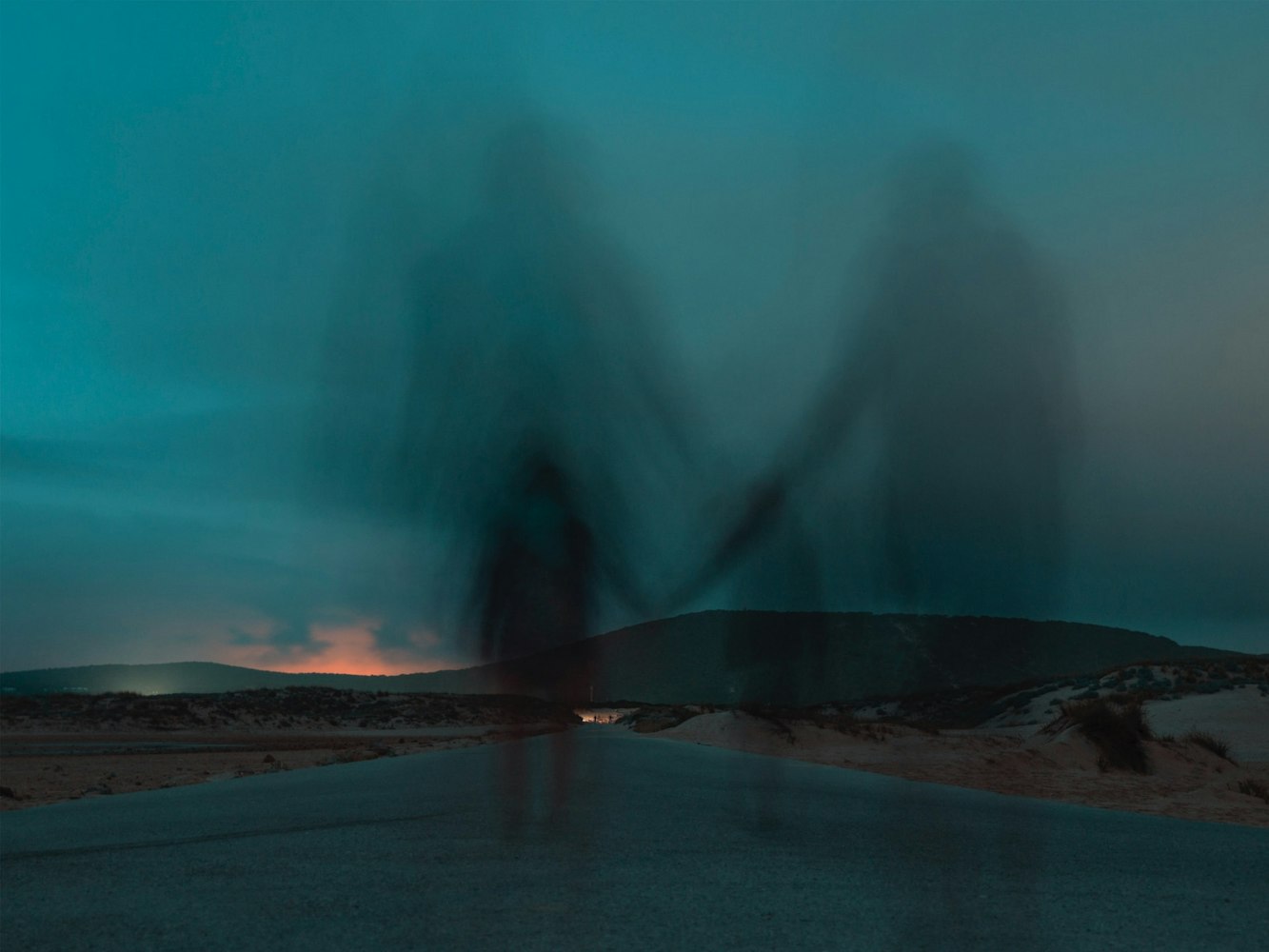
Equally unsettling is the story of "Kuchisake-onna" (The Slit-Mouthed Woman), a disfigured spirit who covers her grotesque mouth with a cloth and dooms those who cross her path with a terrifying question. These stories, unsettling and fascinating in equal measure, offer a glimpse into the eerie corners of Japan's folkloric tradition, ensuring that the country's ghostly heritage continues to thrill, teach, and mystify.
Japan's folkloric landscape is densely populated with an array of supernatural creatures, Yokai and Yurei being two of the most prominent kinds. Yokai is an umbrella term that encapsulates various entities, from benign tricksters to malevolent spirits, each embodying distinct aspects of human flaws or societal concerns.
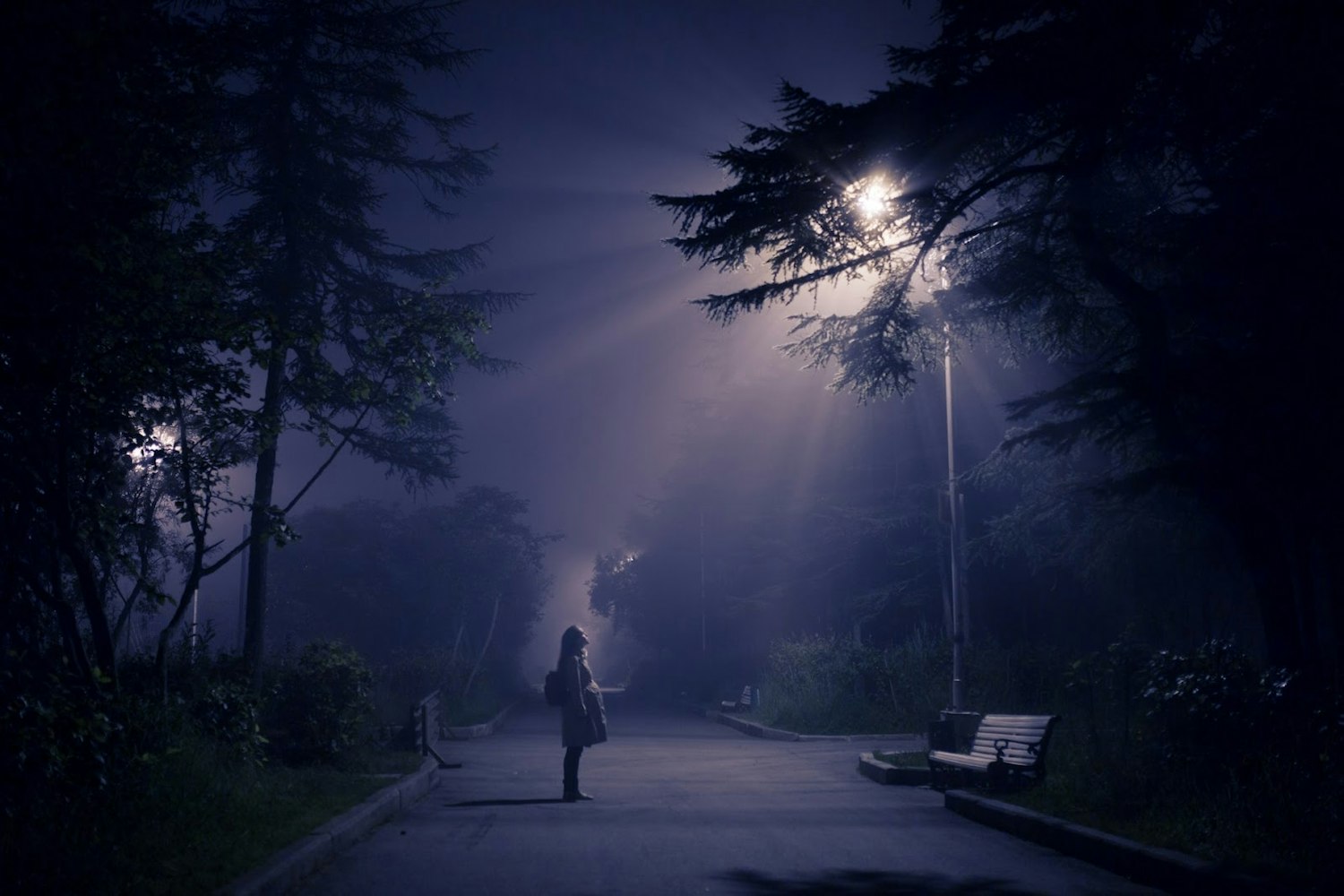
On the other hand, Yurei are spirits of the deceased, often portrayed in white clothing, with a hitaikakushi (triangle of paper, a funeral rite) on their foreheads. They are believed to be individuals who have passed away with strong earthly attachments, hence their lingering presence in the mortal world. Both Yokai and Yurei hold significant roles in Japan's cultural fabric, often serving as vehicles to impart moral lessons, societal values, and explanations for unaccountable occurrences.
Each Yokai and Yurei has a unique tale to tell, and some of them have been immortalized in Japan's folklore. Take "Kappa," for instance, a type of Yokai, aquatic in nature, known for its distinct bird-turtle like appearance, and its obsession with cucumbers and sumo wrestling. Although usually harmless, Kappas can pose a threat if disrespected or provoked. "Tengu," another famous Yokai, are mountain and forest dwelling entities, often depicted with human and avian characteristics.
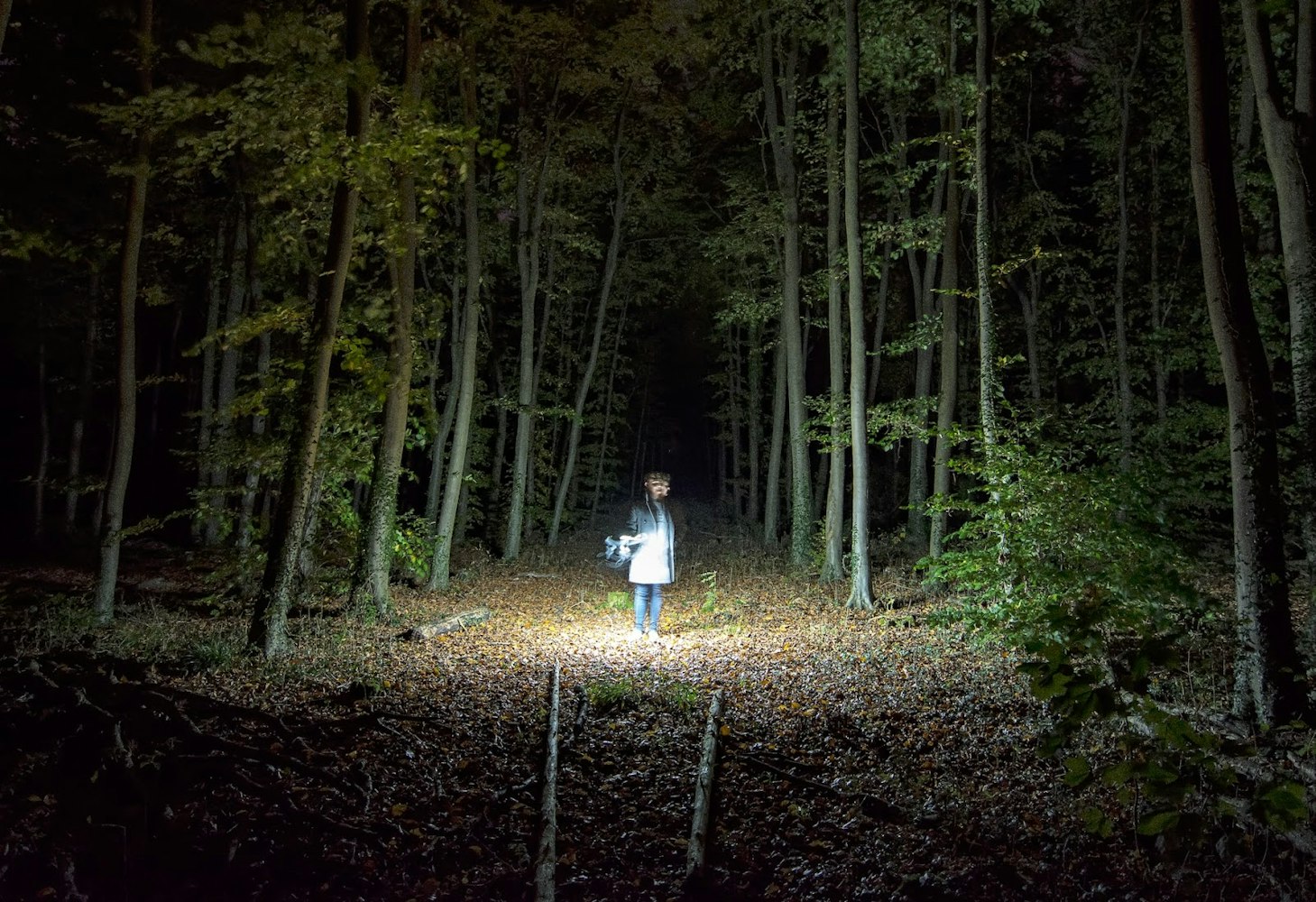
They are recognized as both protectors and disruptors, often linked to the practices of yamabushi (mountain ascetics). The world of Yurei introduces us to "Onryo," vengeful spirits that come back from the purgatorial realm due to wrongs done to them in their life. Their sole intent is to inflict damage on the living, mirroring their own suffering. These stories passed down through generations, add fascinating depth to Japan's supernatural folklore, with these creatures often seen in pop culture, from manga to movies.
When it comes to paranormal hotspots in Japan, the Aokigahara Forest, known as the "Sea of Trees," is arguably the most infamous. Nestled at the base of Mount Fuji, the dense vegetation and eerily quiet atmosphere of Aokigahara lend it a spectral quality. Its reputation as a popular spot for suicides has intensified the forest's eerie aura, with many claiming to have seen ghostly apparitions or felt an overwhelming sense of sadness within its depths.

In stark contrast to the natural surroundings of Aokigahara stands the man-made monolith of the Hakone Yama Hotel. Once a bustling retreat for vacationers, the hotel now lies abandoned, its grandeur fading into melancholic dilapidation. Visitors and locals often share stories of unexplainable phenomena, including ghost sightings and the feeling of an unseen presence. The hotel's eerie ambiance, combined with these chilling anecdotes, make it a must-visit site for paranormal enthusiasts.
Another remarkable paranormal site in Japan is the Ghost Tower (Sosei no Tou), an apartment complex located in Hokkaido. Despite its seemingly innocuous exterior, the tower is known for its series of mysterious fires and unexplained incidents. Eyewitness accounts of ghostly sightings add to the building's haunted reputation, making it a fascinating point of interest for those interested in the supernatural.
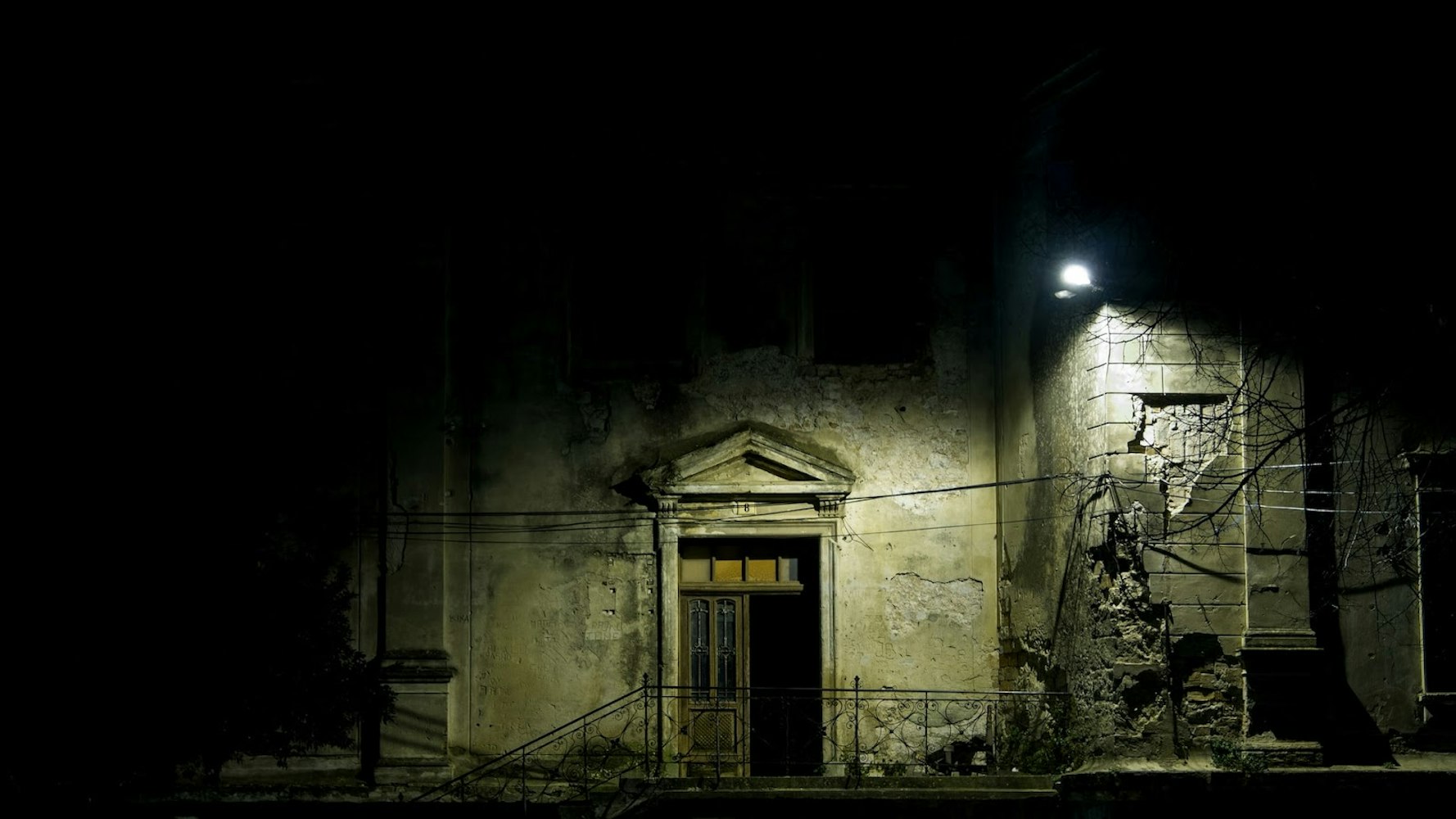
Finally, Okiku's Well at Himeji Castle tells a tragic tale of deception, heartbreak, and revenge. According to the lore, Okiku was a beautiful servant who was falsely accused of losing valuable dishes and was subsequently killed, her body dumped into the well. Today, it is said that Okiku's spirit haunts the well, and on certain nights, a ghostly figure can be seen rising from the well's dark depths. These haunted locations, each carrying a story steeped in history and supernatural folklore, add a thrilling dimension to the exploration of Japan's rich cultural landscape.
Planning a trip to Japan's haunted hotspots can be an exhilarating experience, but it's important to embark on this supernatural journey with a few key considerations in mind. Respect for local customs and beliefs is paramount; after all, these tales are deeply woven into the societal and cultural fabric of Japan.
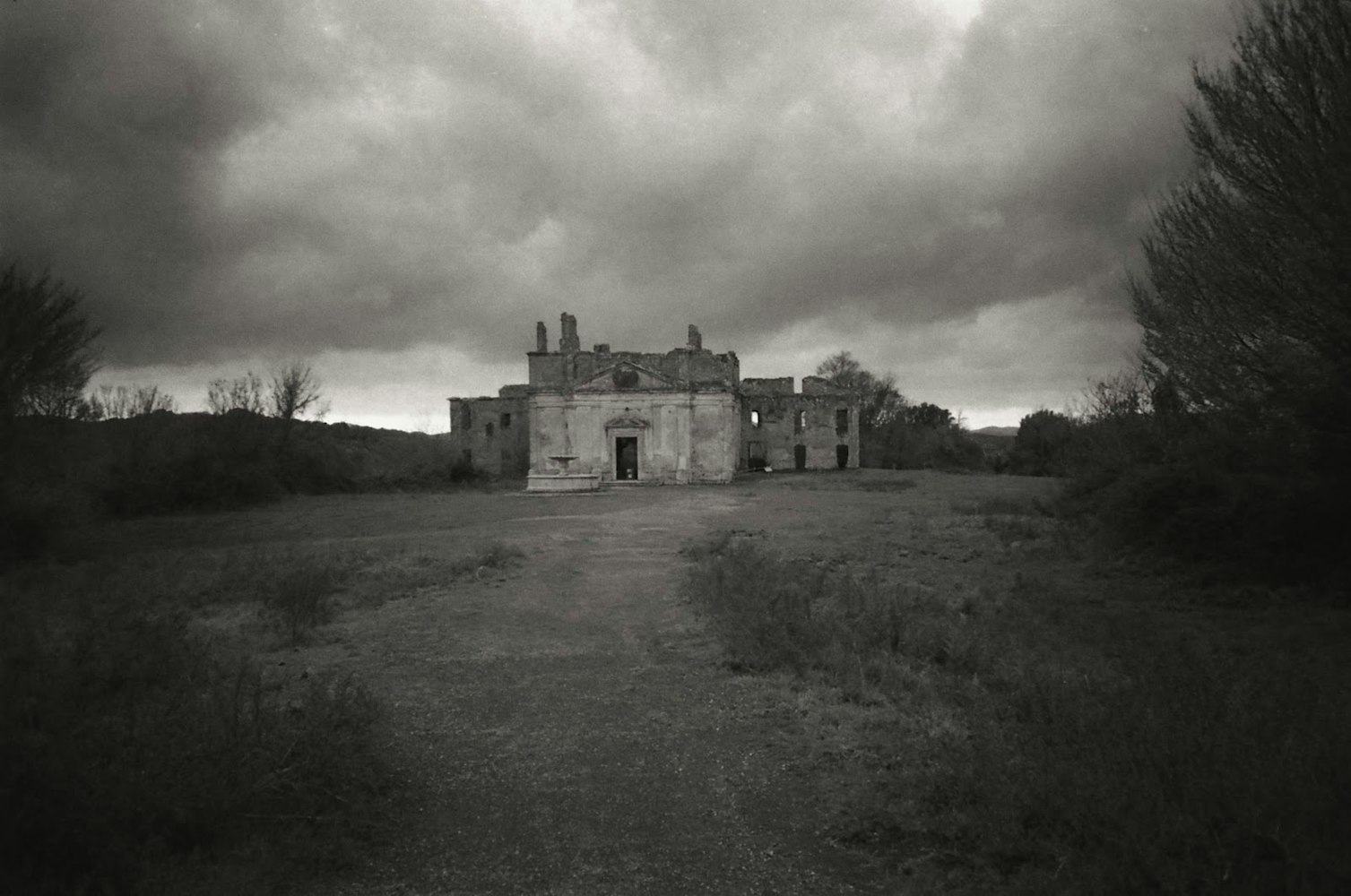
Also, prioritize safety, especially when exploring secluded areas like the Aokigahara Forest. It's also worth noting that visiting these sites during the off-peak season can enhance the experience, as fewer tourists equates to a more immersive atmosphere. Lastly, remember to keep an open mind; these places are not just about paranormal activity, but also about history, culture, and nature.
Many locations offer guided tours, which can be an excellent way to explore these places safely while gaining deeper insight into their history and associated legends. These tours can be found and booked through local tourism offices or trusted online platforms. On these tours, expert guides will often share fascinating stories, enriching your experience beyond what you might discover on your own.
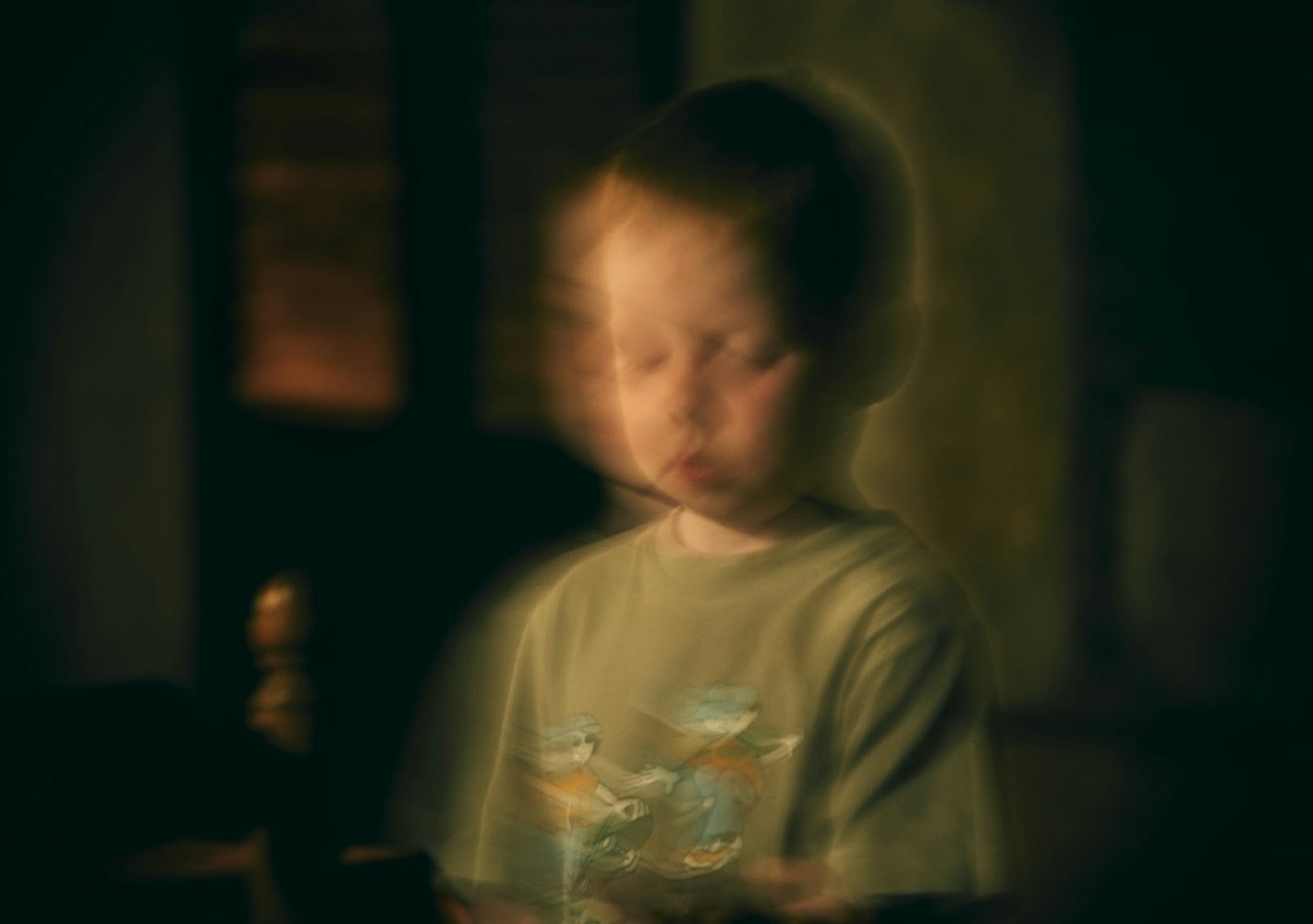
Moreover, it's essential to appreciate these locations from multiple perspectives. Aokigahara Forest, for example, is renowned for its unique vegetation and natural beauty, while Himeji Castle is a UNESCO World Heritage Site with stunning architecture and gardens. The Ghost Tower, in contrast, is a symbol of Japan's rapid urban development and the societal issues it grapples with. While the macabre tales add an intriguing layer to these locations, their historical and cultural significance make them worthwhile destinations for any traveler, whether they believe in ghosts or not.
Exploring Japan’s haunted places and ghost stories is a fun and different way to see the country. These spooky tales and mysterious spots are more than just scary stories—they are an important part of Japan’s culture and history. Behind the beautiful cherry blossoms, busy cities, and peaceful temples, Japan has a rich tradition of ghostly legends.
Whether you enjoy a good scare, love folklore, or just want a unique adventure, discovering Japan’s paranormal side is both exciting and interesting. Every haunted place and ghost story gives a glimpse into a hidden part of Japan. As we end this journey, we invite you to step into the unknown, explore the eerie, and experience the mysteries that make Japan’s ghost stories so fascinating.
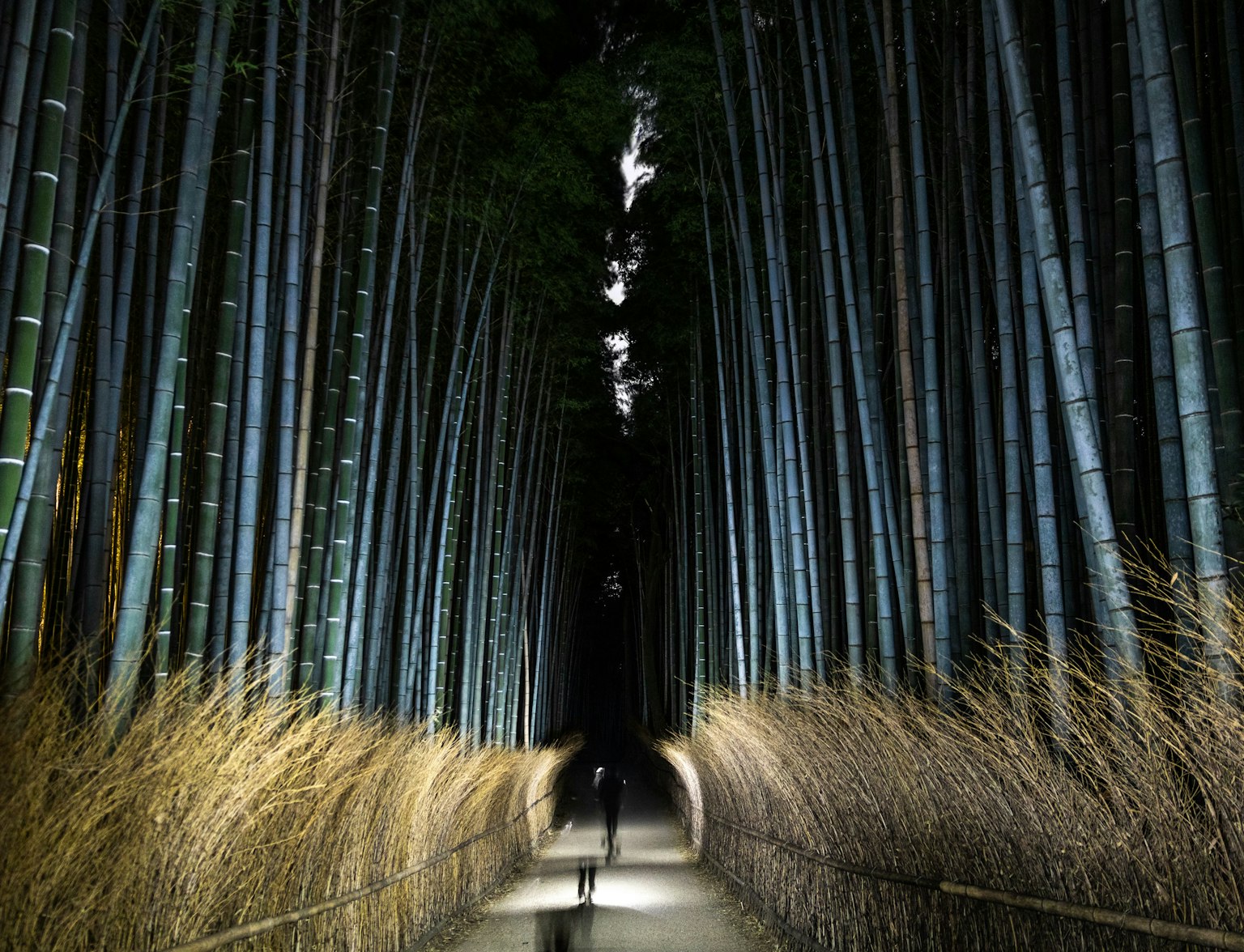
Unlock the secrets of Arashiyama after dark on this tour!



